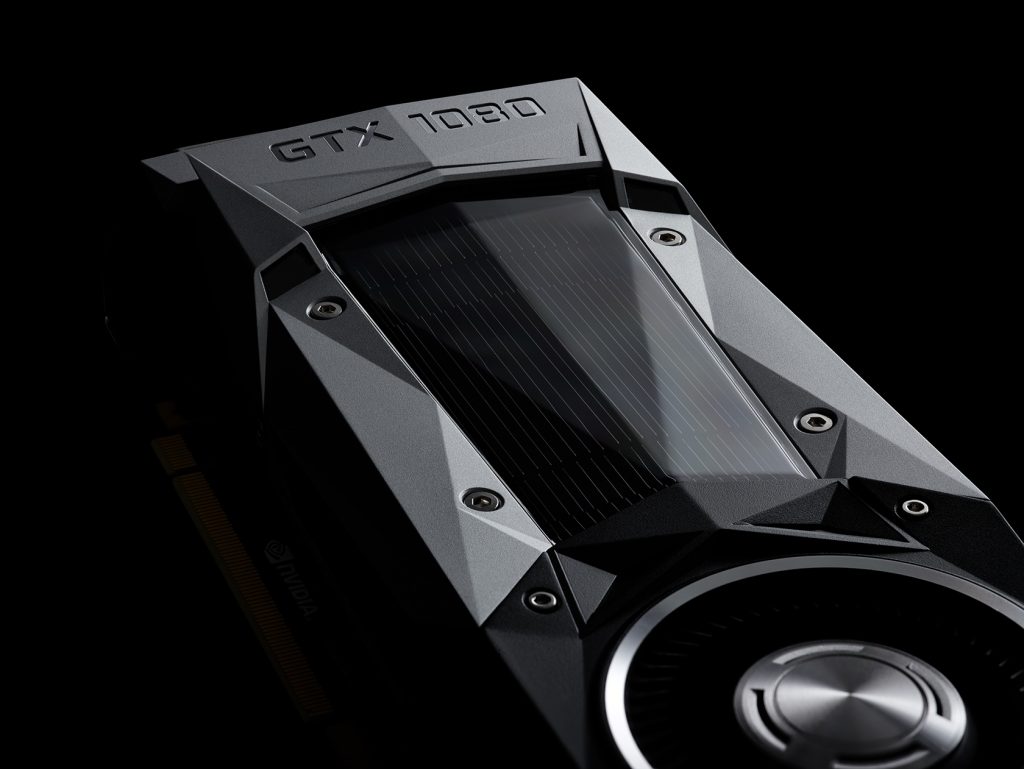The Nvidia GeForce GTX 1080 is the latest flagship from the company and is made using the 16nm FinFET process along with the next-gen Pascal architecture. This exciting new graphics card is a beast in terms of clock speeds and performance as compared to the current Maxwell graphics cards. There’s still some days to go before the reviews pour in, but VideoCardz has leaked out detailed information about the GTX 1080 already.

Powered by GP104-400-A1 Pascal GPU, the GTX 1080 has got 64 Raster Operation Units, 160 Texture Mapping Units, 2560 CUDA cores, and 7.2 billion transistors. Clocked at a base speed of 1604 MHz, the card gets boost clock speeds of 1733 MHz. However, it can use the new GPU Boost 3.0 algorithm to achieve clock speeds of more than 2 GHz! Also, it can offer a single precision computer performance of 9 TFLOPs and above.
The GTX 1080 comes with 8 GB of GDDR5X memory and features a single 8-Pin connector with 180W TDP rating. It gets 3 Display Port 1.4a, single DRI-D port, and HDMI 2.0b in terms of display outputs.
NVIDIA GeForce GTX 1080 Features

High-Bandwidth SLI Bridge
This is a new technology in Pascal cards that enhances the experience on multi-GPU setups at higher resolutions. As compared to the regular SLI, it provides double the bandwidth by using both SLI connectors on Pascal boards.
Pascal Memory Compression
The GTX 1080 comes with the fourth-gen Delta Color Compression that provides 1.7 times the bandwidth conservation as compared to the older GTX 980. So the application and GPU dependency on memory bandwidth is vastly tapered.
Pascal Preemption in VR
The GTX 1080 comes with pixel-level preemption techniques which is the first for any Pascal card. It provides better speed and latency with fully asynchronous time wrap in VR.
Asynchronous Compute

The GTX 1080 can use sync compute in applications that include with VR, post processing, and Physics. Nvidia can use this to get the major advantage that AMD Radeon cards have.
Simultaneous Multi-Projection
Also called SMTP, Simultaneous Multi-Projection allows GeForce cards to provide better performance in VR applications. Before the application renders the final image completely, SMTP applies geometry to provide double the performance improvement.
Nvidia GTX 1080 release date is 27th May, and the card should go on sale globally with four different editions.
